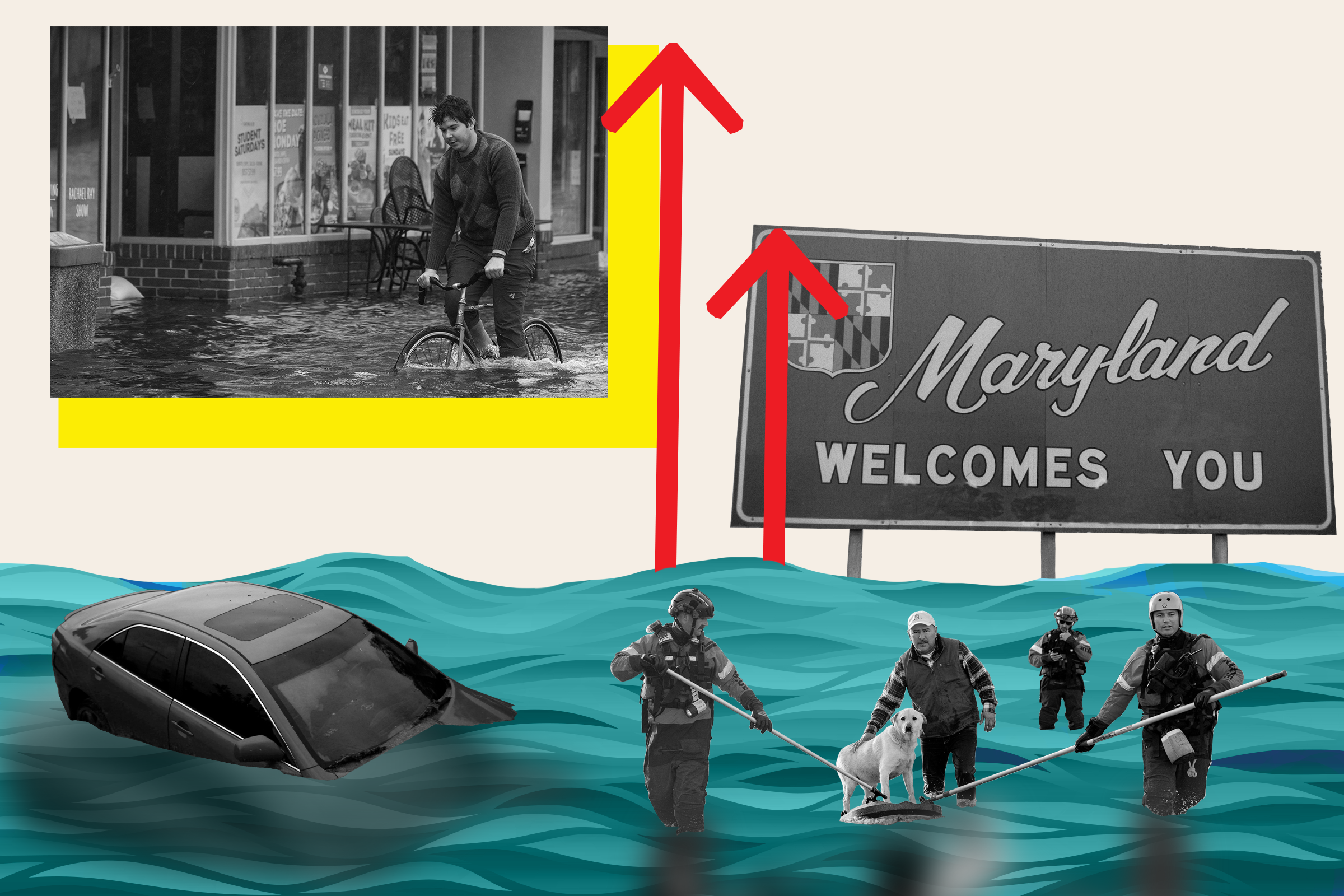Flooding in Venice will increase "dramatically" as sea levels rise and could leave the Italian city permanently submerged by the end of the next century, scientists have warned.
This week, the UNESCO World Heritage Site and popular tourist destination was hit by severe flooding which left more than 85 percent of the city's surface underwater.
While Venice is already vulnerable to flooding, waters on Tuesday rose to 187 centimeters (74 inches)—their highest levels since the infamous record flood of 1966.
The city's mayor Luigi Brugnaro blamed the flooding on climate change, and the likelihood is that high waters such as these (known locally "acqua alta") will only become more frequent and severe as global sea levels rise, according to researchers Riccardo Mel (University of Calabria, Italy,) Luca Carniello (University of Padua, Italy) and Luigi D'Alpaos (University of Padua.)
"In the November 12, 2019 event most of Venice was flooded because of the second worst 'acqua alta' event ever," the researchers told Newsweek. "High waves swept the lagoon producing huge damage to boats and to exposed structures of the city. Buildings suffered structural damage."
"Hotels, restaurants, stores and private buildings were inundated as barriers placed across doorways were not able to face the rising tide. Moreover, electric power supply and telephone connections were interrupted in some areas of the city and in other islands of the lagoon," they said. "St Mark's Basilica, which has been completely flooded only six time in 1,200 years, seems to have suffered irreparable damages."
The scientists told Newsweek that Venice has been experiencing an increase in the frequency of flood events, and this trend is only expected to continue. Perhaps to highlight this, four of the instances in which the historic Basilica has flooded have occurred in the last twenty years.
"Storm surge frequency in the Venice lagoon has been increasing due to climate changes," the researchers said. "Data from the Punta della Salute tidal gauge—the reference monitoring station for the city of Venice—displays a mean sea level rise of about 6 millimeters per year over the last 30 years."
"This trend is expected to maintain during the present century, dramatically increasing the flood frequency of the city of Venice," they said. "Moreover, recent studies also pointed out a possible increasing trend in storminess, which could produce an additional threat for coastal areas."
According to the Intergovernmental Panel on Climate Change's (IPCC) latest projections, global sea levels will likely rise anywhere between 61 and 110 centimeters (2 and 3.6 feet) by 2100 under the scenario known as RCP8.5, in which greenhouse gas emissions continue to increase throughout the 21st century. These figures may even be an underestimate if ice in the Antarctic melts faster than expected, or other factors come into play.
This level of sea level rise is a problem for Venice given that the minimum flooding threshold in the city is 60 centimeters in the lowest-lying parts, the researchers say. Meanwhile, high waters of 80 centimeters can cause flooding in some areas of St. Mark's square and minor streets.
By 2200, the IPCC projections indicate that global seal levels could be between around 2 and 5 meters (6.5 and 16.4 feet) higher, which would leave the city permanently submerged if no action is taken to protect it, according to Carniello. (It should be noted that sea level rise is not totally uniform around the world, and changes in the Adriatic—the northernmost arm of the Mediterranean where the Venetian Lagoon is located—may differ slightly from global projections.)
The scientists say that flooding in Venice is caused by a variety of environmental factors, including astronomical tide—essentially, the result of the moon's gravitational pull—unusually high or low atmospheric pressure and intense and long lasting winds, all of which can produce surges of water. But as sea levels rise, these factors will produce floods more often, posing an existential threat to the vulnerable city.

Despite being one of the most important historical sites in the world, there is currently no operational system of flood defense in place to protect the city. The construction of a mobile underwater sea barrier system—known as M.o.S.E.—began in 2003 in a bid to protect the Venetian Lagoon from flooding. However, it is not expected to be completed until 2022, and the project has been beset by long delays, cost overruns and corruption scandals.
"The Mo.S.E. system consists of four separate flood barriers at the three inlets of the lagoon, each barrier is made up of about 20 individual gates," the researchers said. "Once completed the Mo.S.E. system is expected to close the lagoon inlets during high storm surge events."
"At present no other options beside closing the inlets during high storm surge events exist and therefore completing and making operational the Mo.S.E. system is the only way for protecting the city of Venice and the other urban settlements located inside the lagoon," they said.
However, the scientists note that even when M.o.S.E. is operational, it may not be a panacea for the city's flooding problems, especially when rising sea levels are taken into account.
"The most important question is how long the barriers will protect the city," the researchers say.
The wind setup—the increase in water level from still conditions due to wind—of the Venetian lagoon significantly rise when the gates at the three inlets will be closed, according to the scientists.
"This phenomenon will strongly affect the operating strategy of the Mo.S.E. barriers when pursuing the goal of preventing the flooding of all the urban settlements inside the lagoon," they said.
The graphic below, provided by Statista, shows the maximum tide levels in Venice over 50 years.

And experts are concerned that the project—which was initiated in 1984—is not equipped to deal with the kinds of rising sea levels that are outlined in the IPCC's projections. In fact, a 2011 report from UNESCO—the U.N.'s scientific and cultural organization—published before the IPCC's latest sea level projections warned that M.o.S.E. was only designed to deal with a 22 centimeter increase by 2100.
"With the projections given in this report there should be no doubt that the sea level will eventually rise to a value that will not be sustainable for the lagoon and its historical city," the authors of wrote.
"The planned mobile barriers might be able to avoid flooding for the next few decades, but the sea will eventually rise to a level where even continuous closures will not be able to protect the city from flooding. The question is not if this will happen, but only when it will happen," the report read.
In their research, Mel, Carniello and D'Alpaos found that currently, the Mo.S.E. barriers should close about six times per year, usually for about three hours. But with 30 centimeters of sea level rise, they would have to close more than two times a week. And with a 50-centimeter rise, they would have to close once a day, for about a quarter of a year in total, which presents its own problems.
"Long and repeated closures means not only higher maintenance costs, but also a big impact on the lagoon water quality and port industry activities," they said. "In our opinion it is fundamental to make the Mo.S.E. system operational as soon as possible and immediately start to study and design additional interventions conceived to complement the Mo.S.E. barriers before they become ineffective."
Uncommon Knowledge
Newsweek is committed to challenging conventional wisdom and finding connections in the search for common ground.
Newsweek is committed to challenging conventional wisdom and finding connections in the search for common ground.
About the writer
Aristos is a Newsweek science reporter with the London, U.K., bureau. He reports on science and health topics, including; animal, ... Read more





